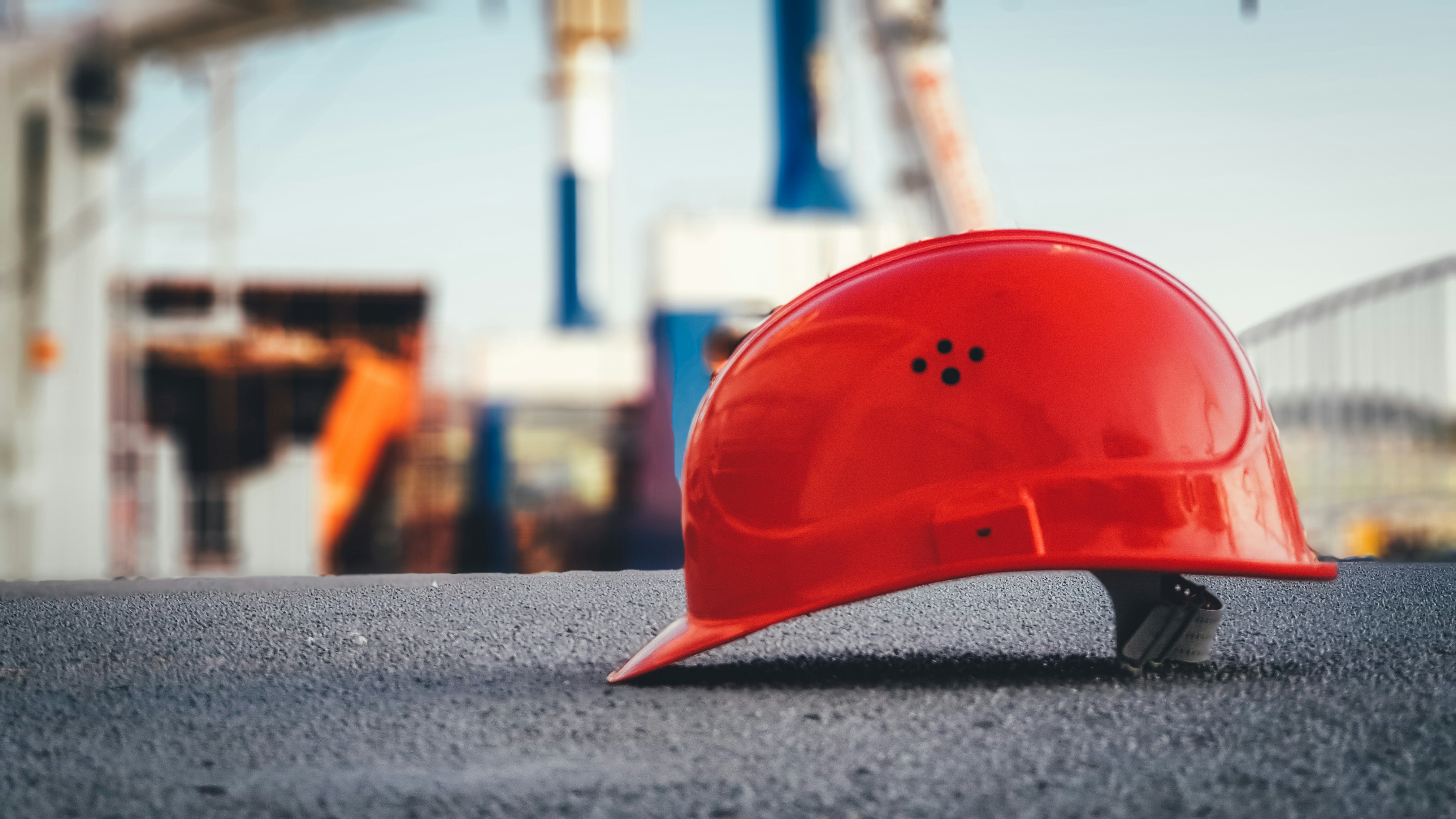On average, 141 people die each year as a result of work related accidents in the UK.
Added to this, around 60,000 will suffer non-fatal injuries - many of these life changing. With the majority of these accidents and injuries involving off-site workers, safety is a critical focus for field service management.
How do you effectively manage and maintain the health and wellbeing of workers who operate remotely, often in hazardous environments, and under limited supervision? The purpose of this guide is to provide an overview of these challenges and strategies to tackle them.

What will be in this guide:
- What makes field worker safety so challenging?
- The basics of risk assessments for field service workers
- Tips for effective field worker safety training
- How technology is transforming field worker safety
- Field worker safety - the road ahead
What makes field worker safety so challenging?
An effective management approach requires a solid understanding of the unique difficulties that are faced when trying to ensure field worker safety. Here’s a look at some of the main issues:
Limited communications
How do you ensure the safety of mobile workers when you don’t have real-time information on where they are or what they’re doing? Before the arrival of digital technology, this was virtually impossible.
And ineffective communications continues to pose a major safety risk for field service operations. Without being tackled, it’s liable to create an ‘out of sight, out of mind’ approach.
Dynamic environments
One of the core requirements for worker safety is having a controlled environment - one in which hazards can be identified and risks properly minimised.
What makes field worker safety so difficult is the lack of control that a manager typically has. Workers will be operating in multiple locations, facing a wide range of potential risks.
Solo working
The ability to look out for each other is a key safety element that’s lost when field workers are operating solo. With employees often in remote areas and facing hazardous situations, it magnifies the dangers they face.
Normally minor problems can pose significant risks, such as field workers suffering injuries while alone or finding themselves in volatile encounters with members of the public.
The basics of risk assessments for field service workers
- Identify the hazards
- Assess who's at risk
- Evaluate risks and decide controls
- Create a safety plan
- Review, monitor and update
The variable nature of field service operations makes a rigorous approach to risk assessment an essential element of safety management.
-3.png?width=600&name=quote%20(6)-3.png)
Assessments should be carried out before field workers start any kind of task where there’s a risk of injury or ill-health. Knowledge and training needs to be provided to ensure that those carrying out assessments are properly able to identify risks.
1: Identify the hazards
A hazard is anything which could harm a worker and the ‘risk’ is the chances of this happening. Each task and environment that a field worker needs to be assessed to identify the danger and the relative risk that’s posed.
2: Assess who’s at risk
Once the hazards have been identified, you need to assess who is most at risk and how. Dangers may be higher for new workers than for experienced employees. Risk assessments also need to look at potential dangers posed to the public.
3: Evaluate risks and decide controls
With information on what hazards exist and who’s at risk, you can start creating actions to eliminate or minimise the threat. An effective strategy requires a careful balance between the level of risk posed and reasonable controls that can be put in place.
4: Create a safety plan
It’s a legal requirement for any company with more than five employees to write down the hazards identified and the actions that are being taken to minimise risks. These can be stored digitally - providing a workforce with easy access to safety protocols.
5: Review, monitor and update
Constant monitoring is needed to make sure controls are effective and safety practices are followed. The dynamic nature of field services means that assessments need to be regularly reviewed and updated.
Tips for effective field worker safety training
- Make sure it's relevant
- Be clear and concise
- Use multiple methods
- Integrate into workflow
- Make it inclusive
Training and knowledge plays a crucial role in field worker safety. It helps to ensure that employees understand safety protocols and have the skills and knowledge that’s required to adhere to them.
This is a particular challenge for field service operations where workforces opportunities for face-to-face training sessions are limited. It’s an area where technology is having a major impact, providing more flexible and effective ways for employees to access safety training and resources.
Whether training takes place on-site or via online tools communications, there are general strategies that can help improve effectiveness.
Make sure it’s relevant - The more specific and relevant that training can be made, the more effective the outcomes become. It should not be perceived as a kind of box ticking exercise - trainees should have a genuine sense that the information they’re being given relates directly to their situating.
Be clear and concise - There’s a tendency for worker safety information to be presented in a form which is dry, complex and difficult to digest. Finding simple, entertaining and easy-to-understand ways to communicate safety information is essential.
Use multiple methods - A training method that may work for one field worker could be completely ineffective for another. It pays, therefore, to adopt a flexible approach, using a variety of different training methods and constantly looking for fresh ways to communicate policy.
Integrate into workflow - Safety training should be viewed as more of a process than an event. An effective operation will be constantly remind field workers with safety checks and ‘nudges’ being built into their daily workflow/ job sheet.
Make it inclusive - Safety training should involve everyone within an organisation - at all levels. By making it inclusive, it sends out the message that safety is a shared responsibility across the whole workforce.
How technology is transforming field worker safety
Digital technology is revolutionising the way that we’re able to safeguard the health and safety of field workers. Cloud-based software, GPS tracking and real-time monitoring provides a powerful range of innovative and effective safety tools.
Workforce management software
Digital workforce management software combine all of these elements. A system such as MyMobileWorkers provides real-time information on the location and status of each field worker.
A smartphone app allows safety checks, reminders and alerts to be delivered in real-time and integrated into workflow - providing task specific safety information. It generates a digital audit of each and every step taken to ensure worker safety.
Smartphone apps
There’s a growing range of apps now available aimed at mobile worker safety. These range from emergency alerts for solo workers alerts to interactive first aid guides.
The safety benefits delivered by these kind of applications are making smartphones and handheld devices an increasingly vital tool for the modern field worker.
Wearable technology
Technological advancements aren’t just restricted to software solutions, it’s also improving the safety kit and equipment that’s now available to field workers.
This is particularly evident with the growth of wearables with digital sensors being integrated into workwear - allowing employees’ health to be monitored in real time.
Find more information on innovative ways that technology is helping to protect mobile worker safety.
Field worker safety - the road ahead
We have only just started to explore what’s possible in terms of using technology to improve field worker health and safety standards. A whole range of innovations are already opening up new possibilities - from virtual reality and video streaming to drones and exoskeletons.
The challenge for field service managers is being able to monitor these advancements so that informed decisions can be made on providing a workforce with the systems and tools they need to work safely and efficiently.
.png?width=1161&height=159&name=Asolvi-hex-logos-2023-baseline-final-BA_MyMobileWorkers%20(1).png)
